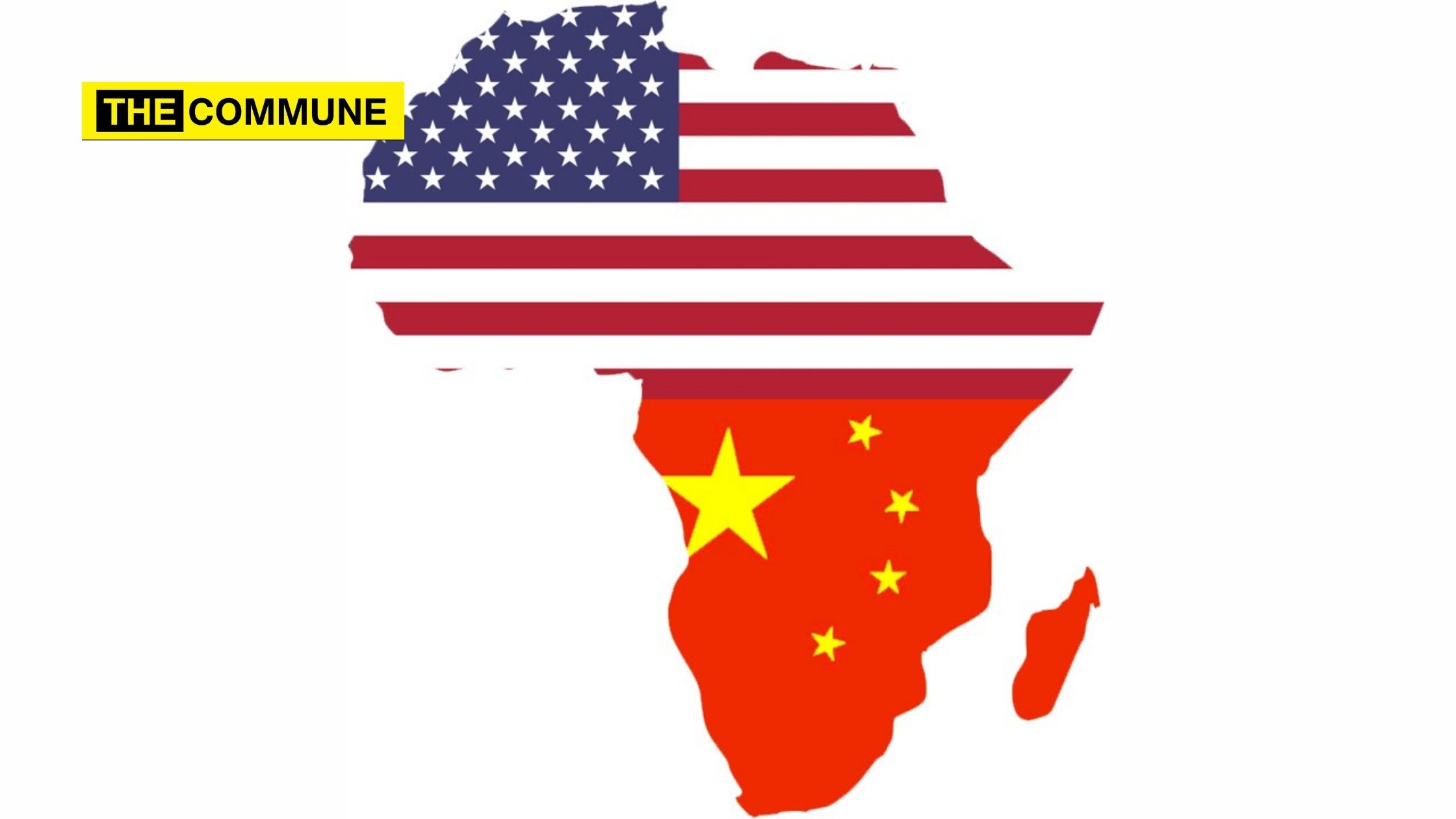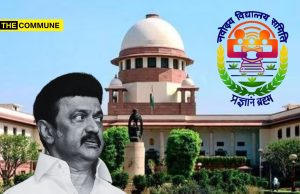
Africa, the land of plenty, has been one of the worst casualties of European colonial exploitation. The continent was plundered and made to bleed, the wounds of which are yet to heal. This cradle of human civilization has today become synonymous with poverty, diseases, conflicts and what not.
But, what is not visible to the public eye is the fact that Africa is not as ‘poor’ a continent as one might perceive it to be. In fact, it is richer than its counterparts in terms of resources. Africa houses 9.6% of world global oil output, 90% of world’s Platinum and Cobalt supply, 1/2 of the world’s gold supply, 2/3rd of world’s Manganese, 35% of world’s Uranium and 75% of the world’s Coltan. It also holds a whopping 54 votes in the United Nations General Assembly (UNGA).
Despite all this, the sad fact is that Africa continues to remain underdeveloped because none of its resources is being used for the good of the continent. The scramble for resources, influence and power over the continent between the global powers leaves nothing but a morsel for the native population.
There are two sharks – China and the US – that are battling it out in Africa, making it a region of ‘troubled waters’. While the United States remains the biggest investor in the continent’s resources, the former has a lot more power, because of its proximity to the continent.
In terms of investment in the continent, these two superpowers have not only established military power and infrastructure in the continent, they have also established strong ties by means of diplomacy, trade and geopolitical stronghold. In short, the continent has been made the battleground for these two superpowers.
United States and its involvement
The United States is the biggest investor in the African economy. $54 billion of FDI stock is possessed by the global superpower, with 600 US companies operating in South Africa. The same region that US President Donald Trump called as a “sh*ithole nation”.
The United States also has 7000 troops deployed in the continent in the countries of Tunisia, Libya, Chad, Niger, Centralan Republic, South Sudan, Kenya, Somalia, Mali, Mauritania, Burkina Faso, Democratic Republic of Congo, and Cameroon. In short, the US sees Africa as a base for counter terrorism operations, as well as a goldmine of resources, literally and metaphorically.
China: The Checkbook to Africa’s economic crises
China, on the other hand, is going the colonial way in terms of acquiring power in the continent’s state of affairs. It is funding 1 in 5 infra projects in Africa building; in short, every third building that is being built on African soil is funded by China. In addition to this, it has also invested $2 trillion in Africa, built 6200 KMs of railways, including the continent’s longest railway line connecting Ethiopia and Djibouti. This is the very same Ethiopia that Tedros Adhanom Ghebreyseus, the WHO Chief belongs to, who owes his rise to China.
Not just this, China has also built the African Union headquarters in Addis Ababa, increasing its leverage over the continent. All this gives China the geopolitical advantage it wants in Africa. Notably, China’s first ever overseas military base is in Djibouti. This connects to Indian Ocean via Suez canal, and has a 10,000 troops capacity.
Apart from this, at least half of the African countries have Chinese currency and use Mandarin signs in public places. 10,000 Chinese firms operate in Africa and 1/3rd of its FDI is in mining sector.
Africa has also become China’s dump yard for excess supply. China is Africa’s largest trading partner, causing a 40 fold increase in China’s trade related GDP in the last 10 years. China manufactures products in Africa, brands in China, sends it back to Africa again for selling, capitalising on the 1.3 billion strong market.
In short, Africa is China’s biggest debt trap, with the volume of Chinese loans being 6 times that of what it owes France. The entire world is aware of what happens to countries that don’t repay Chinese loans. Sri Lanka is the biggest victim of not repaying China’s loans, which had to lease a major port to China for 99 years.
How has India been dealing with Africa?
India has a policy of non-reciprocity towards smaller countries and has a long history of helping Africa with its anti colonial struggles in Morocco, Tunisia, Algeria, Ghana, Mozambique, Angola, and Guinea Bissau. Prime Minister Narendra Modi visited several African states in 2018, ahead of Xi Jinping’s visit. External Affairs Minister Jaishankar has accorded high priority to Africa not just to counter China’s influence in the region but also to position itself as a responsible super power. This increased concentration has been yielding India the result it wants in the form of votes in the United Nations.
India has also planned to open 18 new embassies in Africa by 2021. It has also established defence partnerships with Ghana, Nigeria, Ethiopia, Uganda, Zambia, Botswana, Mozambique and Namibia, with the Indian Armed Forces training the African military. Furthermore, India’s telecommunication giant Bharti Airtel has a strong base in Africa. India has also offered 50k scholarships to African students.
In an subtle message hinted towards China, India stated that its partnership with Africa is ‘free of conditionalities’ and ‘totally demand driven’.
The African subcontinent shares a much closer and stronger civilizational relationship with India. Both India and and Africa are a diverse, multiethnic, multilingual and multicultural societies. Hence, India is a natural partner for Africa in its growth story.
For Africa, a very recent history seems to be repeating itself except that the players have changed. While in the earlier centuries, the continent had been ravaged by the European colonial powers, sucking it empty of the resources, it is now being done by China and USA. Amidst these, it is India that Africa will eventually look up to.




